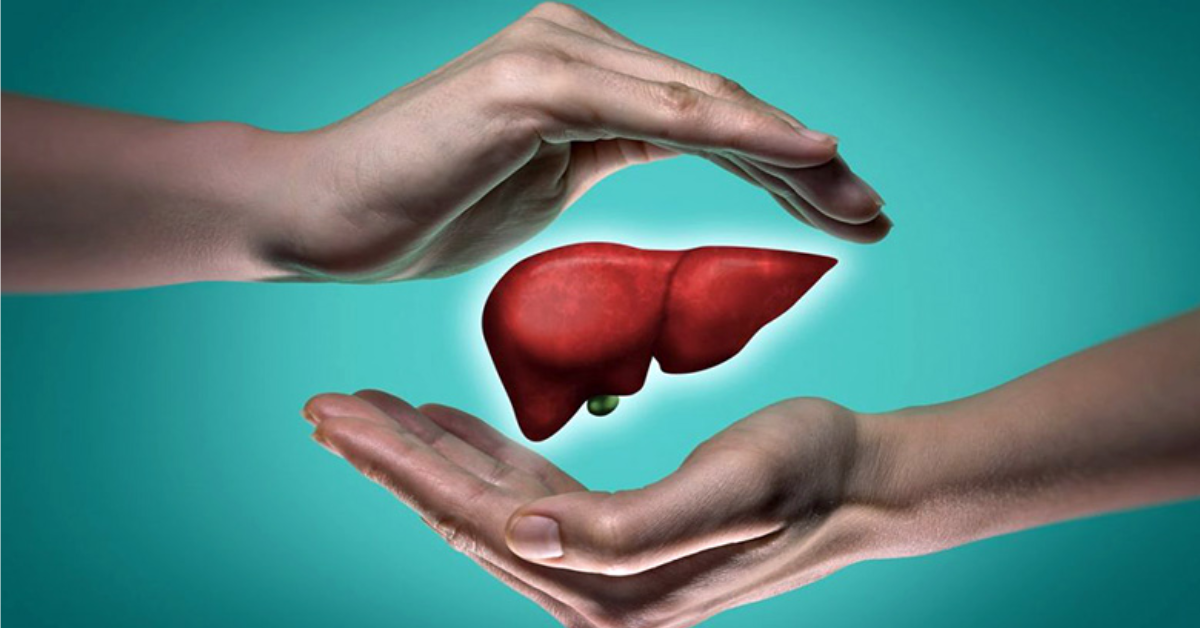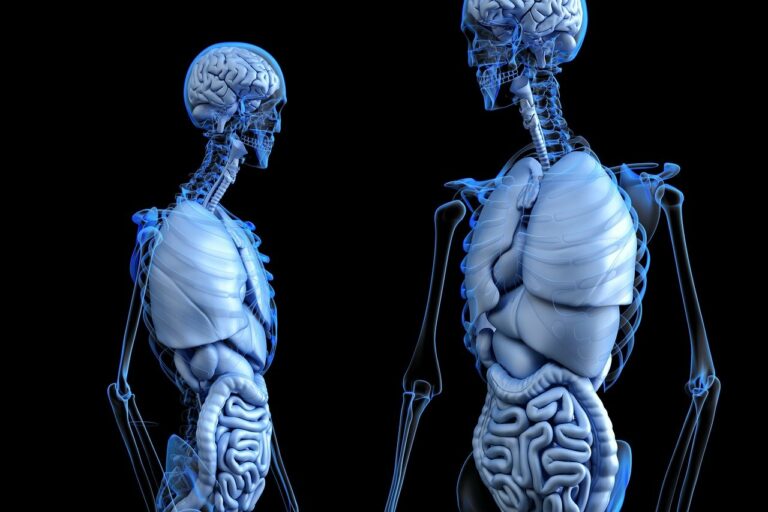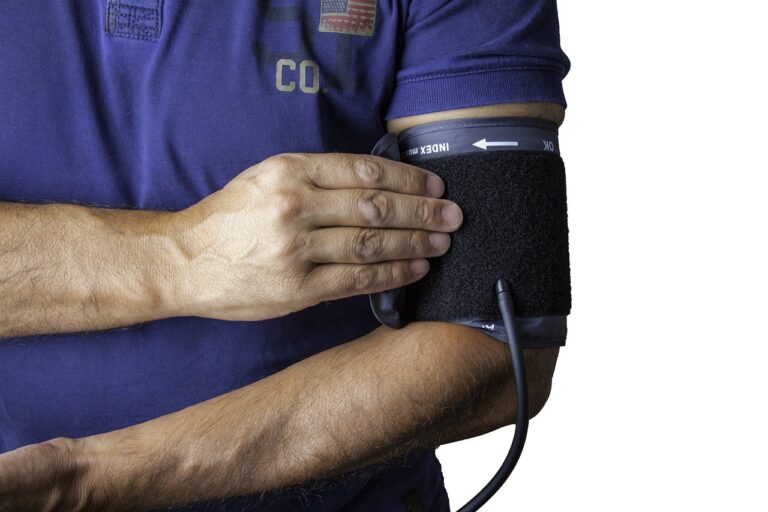Type 1 Diabetes Stem Cell Treatment in India: Safe, Effective & Affordable
Type 1 diabetes is a lifelong condition that occurs when the immune system mistakenly attacks and destroys insulin-producing beta cells in the pancreas. People diagnosed with this autoimmune disorder typically rely on lifelong insulin injections, strict dietary habits, and continuous glucose monitoring. However, with the advancement of medical science, there is now renewed hope for patients in the form of Type 1 Diabetes Stem Cell Treatment in India.
Over the past decade, India has emerged as a prominent destination for regenerative medicine, particularly in stem cell-based therapies. The rise of this innovative medical solution has brought new possibilities to those who wish to manage or reverse their diabetes more naturally and sustainably. In this article, we will explore how Type 1 Diabetes Stem Cell Treatment in India is proving to be a safe, effective, and affordable option for patients not just domestically but from around the world.
Understanding the Basics of Type 1 Diabetes
Type 1 diabetes is primarily diagnosed in children and young adults, but it can occur at any age. It is different from Type 2 diabetes in that it is not lifestyle-related. The condition stems from an autoimmune response, where the body mistakenly targets insulin-producing cells in the pancreas, leaving patients dependent on external insulin sources.
Traditional management of this disease involves daily insulin therapy, strict carbohydrate control, and frequent blood sugar checks. While these methods are essential for survival, they do not cure the disease. This is where the potential of Type 1 Diabetes Stem Cell Treatment in India becomes highly relevant.
What Is Stem Cell Treatment?
Stem cells are unique cells capable of transforming into various cell types in the body. In the context of diabetes, stem cell treatment aims to regenerate or replace the destroyed beta cells in the pancreas, thereby restoring the body’s natural ability to produce insulin.
In Type 1 Diabetes Stem Cell Treatment in India, stem cells—either autologous (from the patient’s own body) or allogeneic (from a donor)—are harvested, processed, and reintroduced into the patient’s system. The goal is to help these cells differentiate into insulin-producing cells and rebuild the damaged pancreatic tissue.
Why India?
India has become a leading hub for advanced medical treatments, including regenerative medicine. The availability of highly qualified medical professionals, state-of-the-art medical infrastructure, and affordable treatment options have all contributed to the rise in popularity of Type 1 Diabetes Stem Cell Treatment in India.
In addition to affordability, patients benefit from shorter waiting times, personalized treatment protocols, and comprehensive pre- and post-treatment care. Several cities, including Mumbai, Delhi, Bangalore, and Chennai, have specialized clinics and hospitals that offer stem cell therapies for diabetes under regulated protocols.
Safety and Regulatory Measures
One of the major concerns for any medical treatment, especially an emerging therapy, is safety. When it comes to Type 1 Diabetes Stem Cell Treatment in India, regulatory bodies like the Indian Council of Medical Research (ICMR) and the Drug Controller General of India (DCGI) have established ethical and medical guidelines to ensure patient safety.
Certified hospitals and clinics are required to follow rigorous protocols for cell extraction, processing, and reinfusion. In most cases, treatments are performed under ethical review boards, ensuring that patients are fully informed about the process, potential benefits, and risks involved.
How the Procedure Works
Here’s a general breakdown of how Type 1 Diabetes Stem Cell Treatment in India is typically performed:
-
Evaluation and Consultation
Patients undergo a full medical assessment, including lab tests, medical history review, and eligibility screening. -
Stem Cell Harvesting
If using autologous cells, stem cells are typically harvested from the bone marrow or adipose (fat) tissue. In some cases, umbilical cord-derived stem cells may be used if allogeneic therapy is planned. -
Processing and Culturing
The harvested cells are processed in a sterile lab, isolated, and cultured under controlled conditions to ensure purity and viability. -
Transplantation
The processed stem cells are reintroduced into the patient’s bloodstream or directly into the pancreas via specialized techniques. -
Monitoring and Follow-up
Patients are closely monitored for any changes in insulin requirements, blood glucose levels, and overall health for several months post-treatment.
Expected Benefits and Outcomes
While Type 1 Diabetes Stem Cell Treatment in India is not yet considered a guaranteed cure, many patients have reported significant improvements after undergoing the procedure. Documented benefits include:
-
Reduced dependency on insulin
-
Stabilized blood glucose levels
-
Improved energy and metabolic functions
-
Fewer diabetes-related complications
-
Enhanced quality of life
The treatment offers potential for long-term remission and even partial restoration of natural insulin production in certain individuals.
Who Is Eligible?
Not all patients are ideal candidates for this form of treatment. Eligibility for Type 1 Diabetes Stem Cell Treatment in India typically depends on:
-
Age and overall health condition
-
Duration since diagnosis
-
Presence of complications or comorbidities
-
Willingness to follow medical guidance before and after therapy
Each case is thoroughly evaluated to determine suitability, ensuring that only patients who stand to benefit the most undergo the procedure.
Affordability Compared to Global Standards
One of the strongest factors driving international patients toward Type 1 Diabetes Stem Cell Treatment in India is cost. In Western countries, the cost of stem cell therapy can range from tens to hundreds of thousands of dollars. In contrast, India offers the same advanced treatments at a fraction of the price, often without compromising on quality.
This affordability extends beyond the procedure itself. Costs related to hospitalization, accommodation, diagnostics, and follow-up care are also significantly lower, making India an attractive destination for medical tourism.
Real Stories, Real Impact
Many patients from across the globe have shared positive testimonials after opting for Type 1 Diabetes Stem Cell Treatment in India. These stories include reduced insulin usage, fewer hypoglycemic episodes, and greater freedom in daily life. Parents of young children with Type 1 diabetes have also expressed hope and satisfaction, witnessing meaningful improvements in their children’s health and well-being.
While outcomes may vary, these stories reinforce the growing trust in India’s approach to regenerative healthcare.
Limitations and Considerations
Despite the promising potential, it’s important to approach Type 1 Diabetes Stem Cell Treatment in India with realistic expectations. The therapy is still under research and not all patients may respond equally. Some key limitations include:
-
Incomplete or temporary regeneration of beta cells
-
Need for repeat treatments in some cases
-
Variability in results based on age, genetics, and medical history
-
Not a replacement for regular diabetic monitoring or lifestyle management
Therefore, while the treatment is promising, it is best pursued as part of a holistic diabetes care plan.
Research and Future Outlook
India is also contributing significantly to the global research community by participating in clinical trials and publishing peer-reviewed studies on stem cell applications for diabetes. These efforts continue to refine the process, improve success rates, and move the medical world closer to a full cure.
New techniques, such as gene editing, immunomodulation, and advanced cell reprogramming, are being studied in conjunction with stem cells. This evolving landscape makes Type 1 Diabetes Stem Cell Treatment in India one of the most exciting frontiers in diabetic care.
Conclusion: A Hopeful Horizon for Patients
For those living with the burden of Type 1 diabetes, the promise of stem cell therapy represents more than just a new treatment—it represents hope. India’s integration of cutting-edge medical science with affordability and patient-centered care makes it a preferred destination for those exploring regenerative solutions.
Choosing Type 1 Diabetes Stem Cell Treatment in India is not just about accessing world-class treatment—it’s about opening the door to a life with fewer injections, better health, and renewed confidence. While more research is ongoing and long-term studies are needed, the early outcomes are encouraging enough to consider this therapy as a practical option for eligible patients.
As the field of regenerative medicine continues to evolve, India remains at the forefront—offering not only scientific innovation but also real hope to millions suffering from chronic conditions like Type 1 diabetes.







